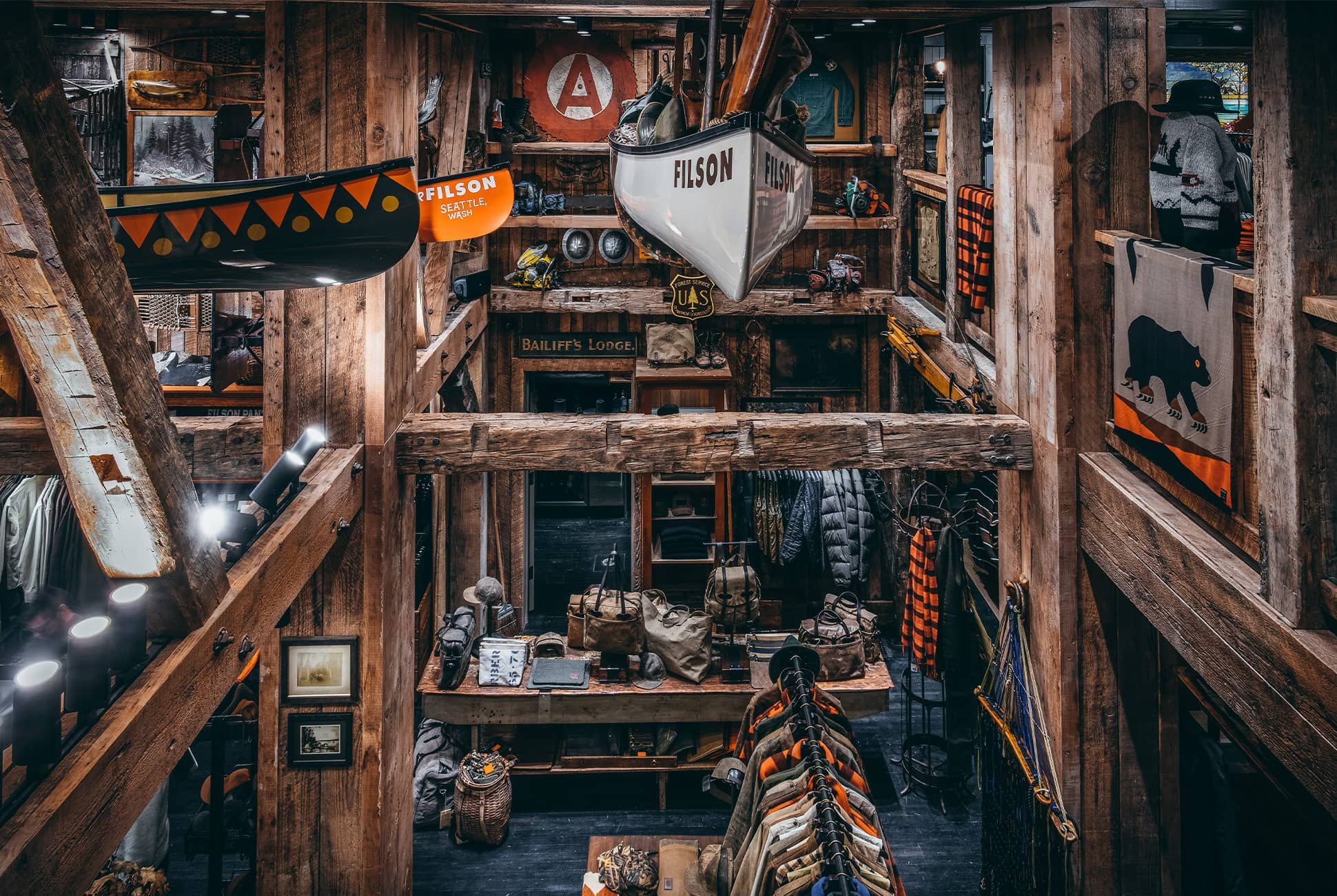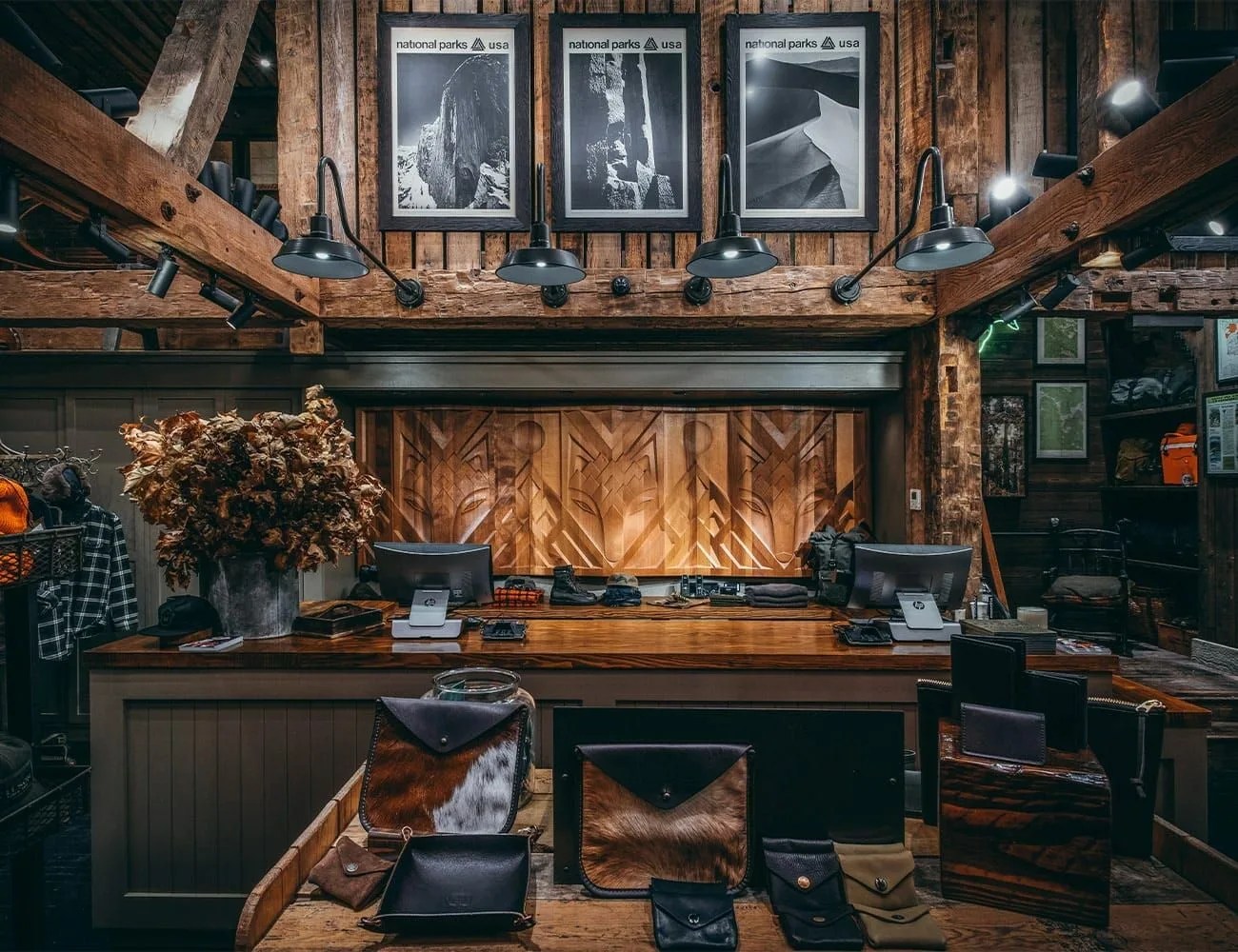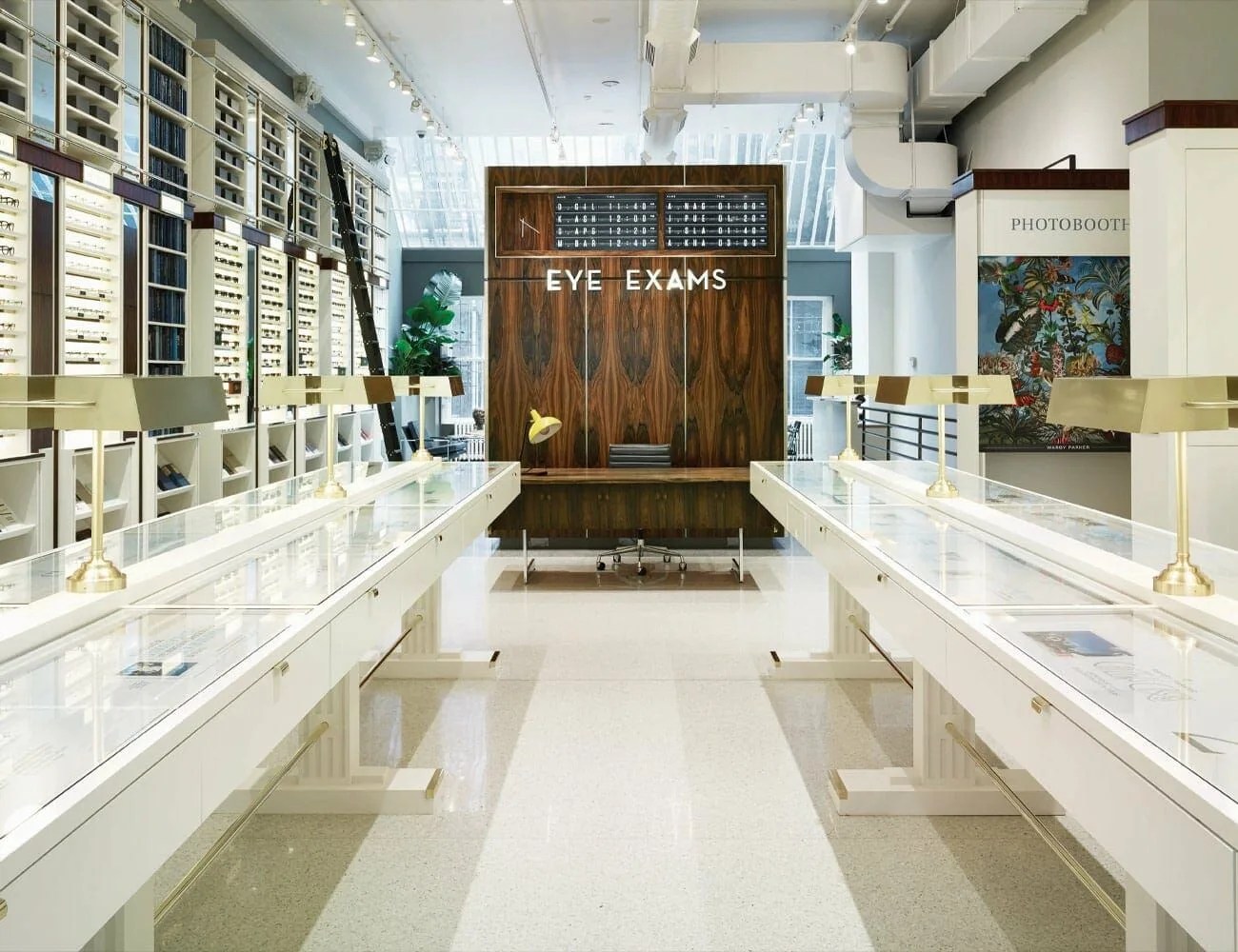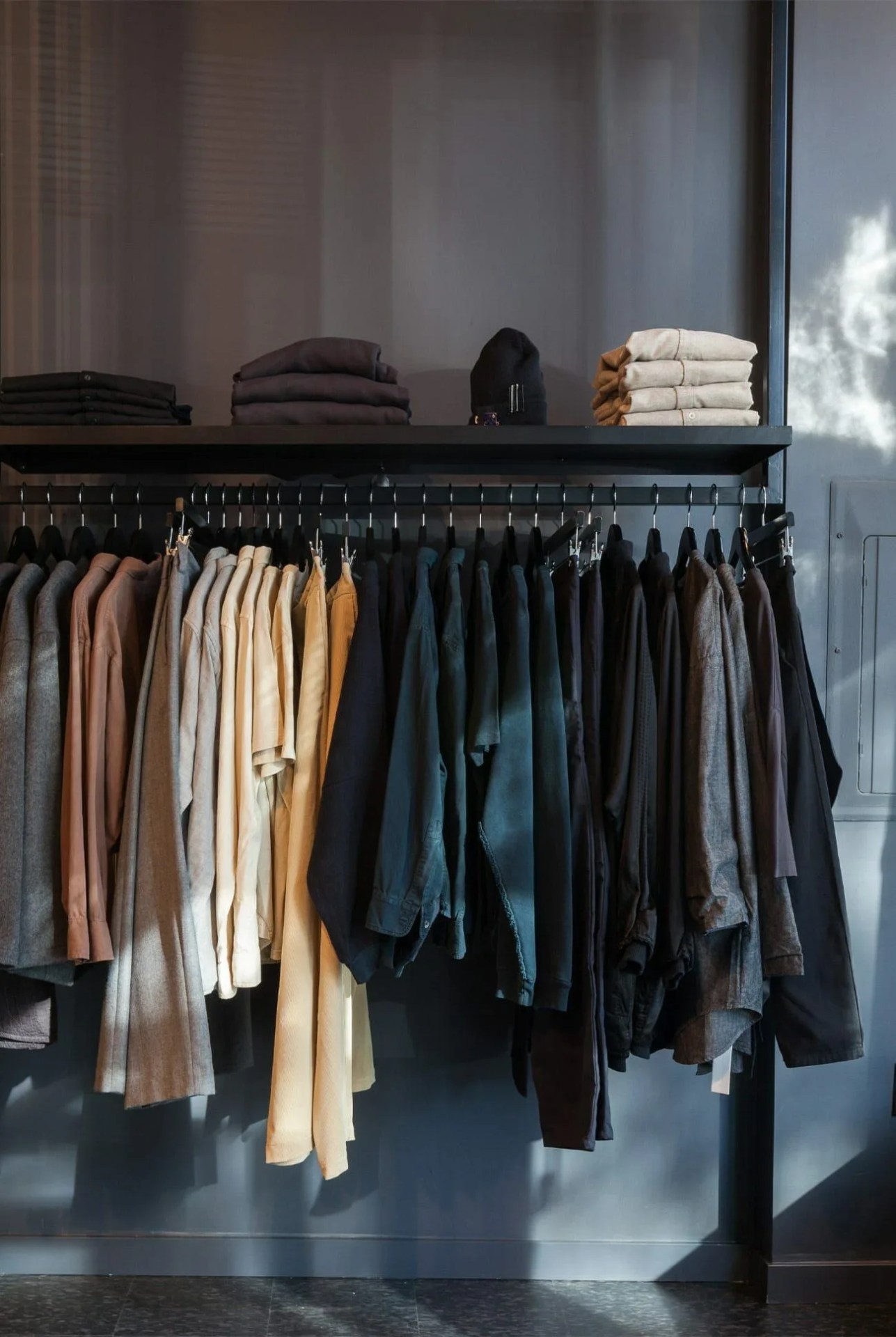From Issue Seven of Gear Patrol Magazine.
It’s hard to remember now, almost a decade after it was founded, but Aether‘s first physical store wasn’t a shop. At least not in the traditional sense. It was a trailer. When the brand started offering minimalist technical apparel in 2009, it sold its wares through a few wholesale accounts and on its website. But then, after a couple of years of growth, the time came to find a way to reach new audiences. So its founders, Jonah Smith and Palmer West, customized an Airstream, dubbed it the “Aetherstream” and started towing it around America. “Our initial approach was this mobile pop-up store that could go around the country and not look like a typical pop-up,” Smith said.
The success of the Aetherstream led to stand-alone stores: one in a traditional building in New York and another in San Francisco, where instead of using standard construction techniques, the brand stacked three shipping containers on top of each other to house its clothing. “We transitioned into our own store at the same time we transitioned out of traditional wholesale accounts,” West said. “We found that if we could present our story, we could dramatically outperform what our hundred-and-some-odd wholesale accounts were doing for us.” These physical locations gave the brand a chance to share its design ethos, contextualizing the clothing in the process. “If you like our stores, you’re probably going to like our clothes,” West said.
Aether is one of a handful of brands changing guys’ perceptions of going shopping — and it’s part of a small class of stores doing that without adding too many superfluous details to the shopping experience.
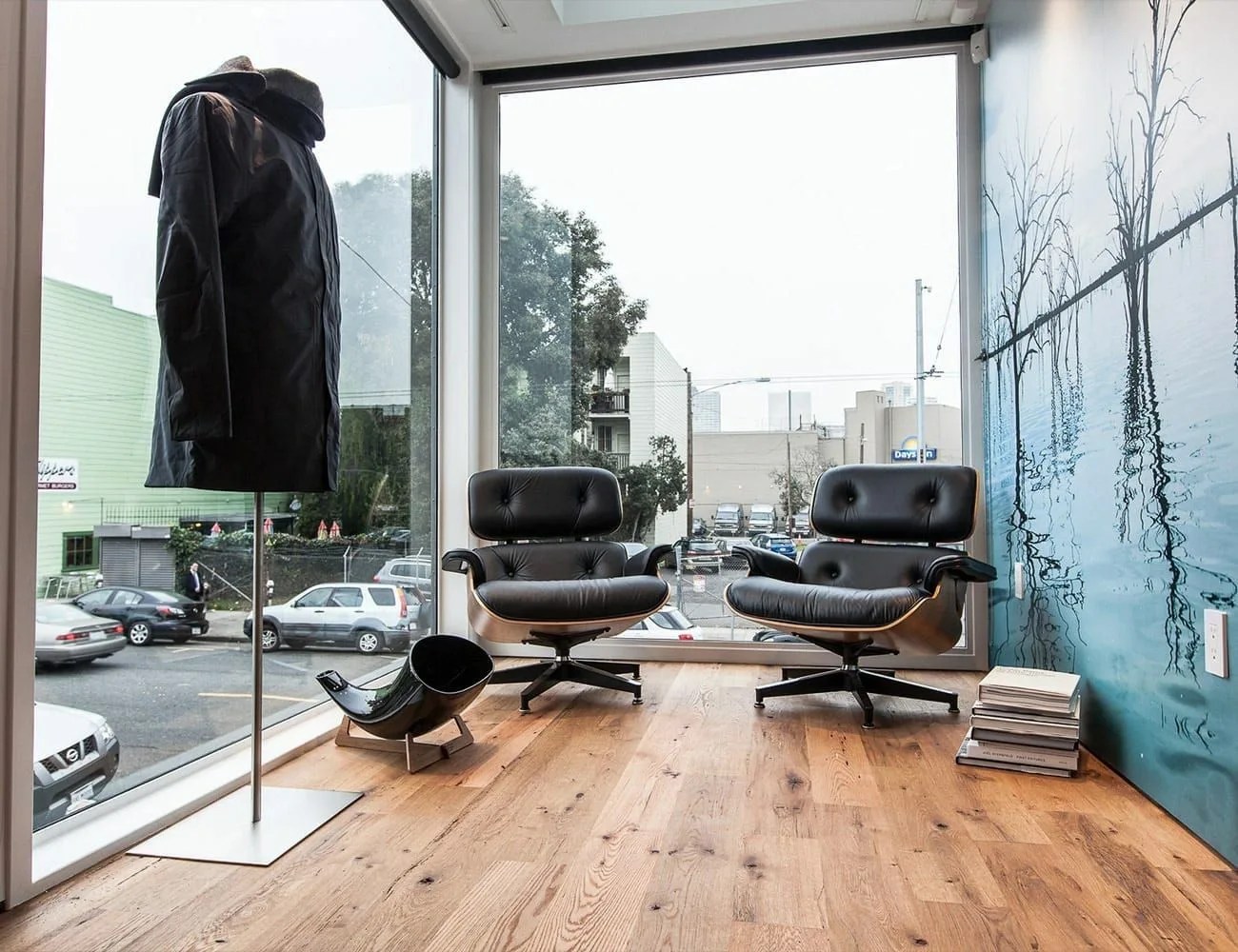
Aether’s San Francisco store is made up of shipping containers stacked on top of each other.
“There’s a certain integrity that a brand should maintain,” said Garen Barsegian, the 32-year-old founder of New York’s Whooden Collective, a multidisciplinary creative firm that creates content for media companies, agencies and brands. “The idea of adding extra things to stores is a marketer’s idea or an accountant’s idea — those are the wrong people to be making choices like that for a brand.” While some features add to the product experience and can help shopping decisions — like treadmills in the Nike store — others don’t. “Would I go to the Nike store to play basketball? No,” Barsegian said.
